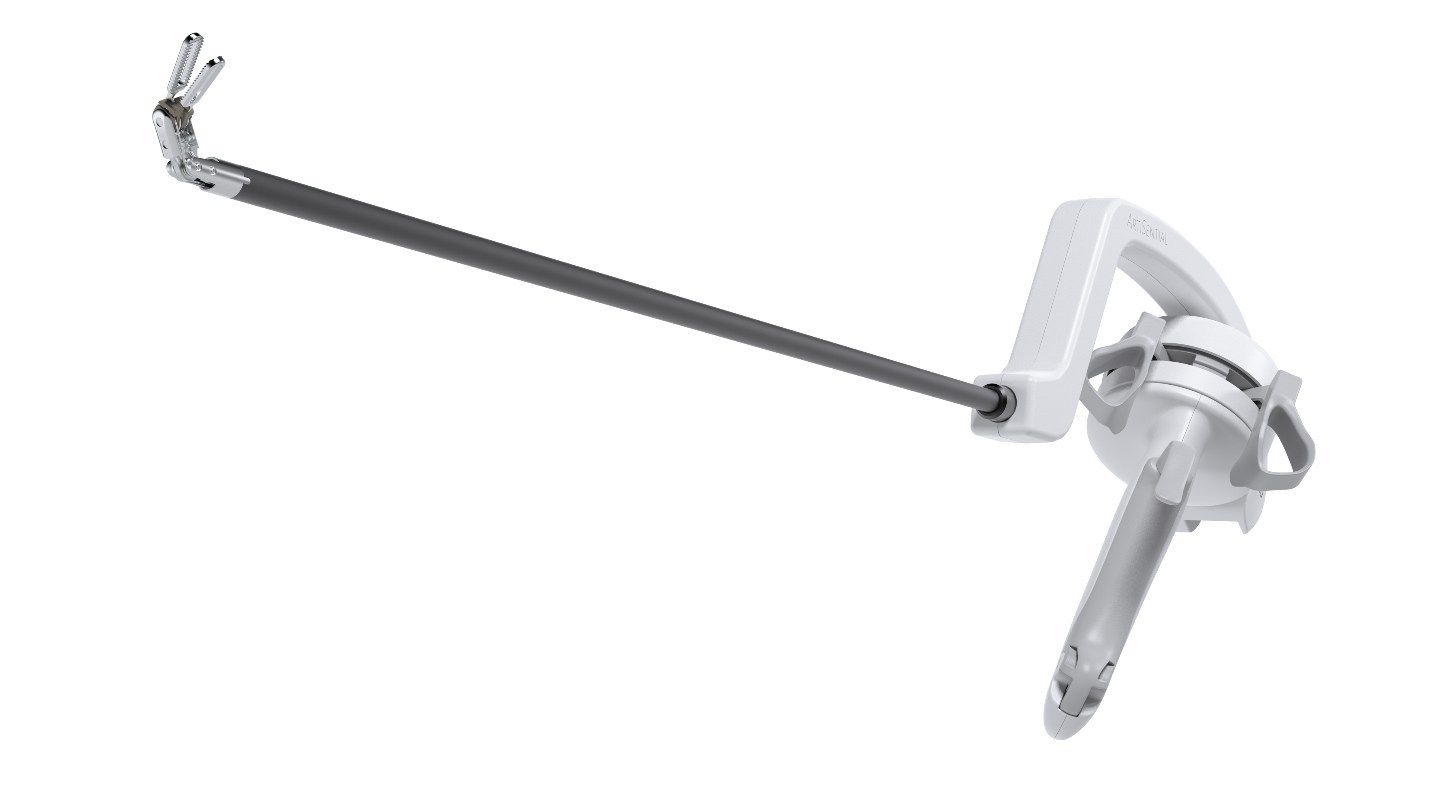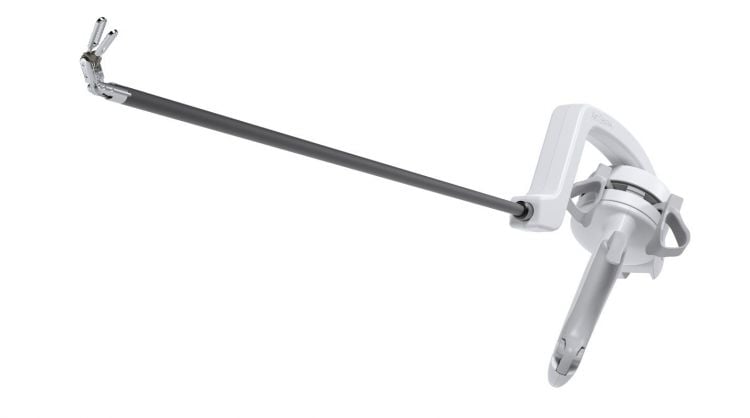
Laparoscopic surgery has revolutionized the field of surgery by enabling minimally invasive procedures that offer numerous benefits over traditional open surgery, including reduced blood loss, smaller incisions, and faster recovery times. One of the key components of laparoscopic surgery is the use of specialized instruments that enable the surgeon to perform complex procedures through small incisions. Articulating laparoscopic instruments are a type of laparoscopic instrument that provides greater flexibility and precision during surgery. This essay will explore the benefits, uses, and limitations of articulating laparoscopic instruments.
Benefits of Articulating Laparoscopic Instruments
Greater Flexibility
Articulating laparoscopic instruments offer greater flexibility than traditional laparoscopic instruments. They are designed with joints and hinges that allow them to move in multiple directions, enabling the surgeon to reach and manipulate difficult-to-access areas of the body. This greater flexibility can be especially beneficial in complex surgical procedures, such as hysterectomy or prostatectomy.
Improved Precision
Articulating laparoscopic instruments also offer improved precision over traditional laparoscopic instruments. The ability to move the instrument in multiple directions allows the surgeon to perform more precise movements and maneuvers, reducing the risk of injury to surrounding tissues and structures.
Reduced Tissue Trauma
Articulating laparoscopic instruments can also reduce tissue trauma during surgery. The ability to manipulate the instrument with greater precision and control can reduce the risk of unintentional damage to surrounding tissues, resulting in less tissue trauma and faster healing times.
Uses of Articulating Laparoscopic Instruments
Articulating laparoscopic instruments have a wide range of uses in laparoscopic surgery. They can be used in a variety of procedures, including:
- Hysterectomy: Articulating laparoscopic instruments can be used to remove the uterus through small incisions, reducing the risk of complications and improving recovery times.
- Prostatectomy: Articulating laparoscopic instruments can be used to remove the prostate through small incisions, reducing the risk of complications and improving recovery times.
- Gallbladder removal: Articulating laparoscopic instruments can be used to remove the gallbladder through small incisions, reducing the risk of complications and improving recovery times.
- Bariatric surgery: Articulating laparoscopic instruments can be used to perform weight loss surgery through small incisions, reducing the risk of complications and improving recovery times.
- Hernia repair: Articulating laparoscopic instruments can be used to repair hernias through small incisions, reducing the risk of complications and improving recovery times.
Limitations of Articulating Laparoscopic Instruments
Despite their many benefits, articulating laparoscopic instruments do have some limitations. These include:
- Cost: Articulating laparoscopic instruments can be more expensive than traditional laparoscopic instruments, making them less accessible to some healthcare providers.
- Learning curve: Articulating laparoscopic instruments require a higher level of skill and training to use effectively, which can make them more challenging for less experienced surgeons.
- Limited availability: Articulating laparoscopic instruments may not be available in all healthcare settings, particularly in developing countries or rural areas.
In addition to the benefits and limitations mentioned above, articulating laparoscopic instruments also have some unique features that make them particularly useful in certain surgical procedures.
For example, in bariatric surgery, articulating laparoscopic instruments can be used to perform gastric bypass and other weight loss surgeries through small incisions. The greater flexibility and precision of these instruments allow the surgeon to manipulate the instruments in tight spaces and perform complex maneuvers with greater ease.
In prostatectomy, articulating laparoscopic instruments can be used to remove the prostate gland through small incisions, reducing the risk of complications and improving recovery times. The greater precision of these instruments allows the surgeon to manipulate the instruments in the confined space of the pelvis, reducing the risk of injury to surrounding structures.
In gynecologic surgery, articulating laparoscopic instruments can be used to remove the uterus and other reproductive organs through small incisions. The greater flexibility and precision of these instruments allow the surgeon to access and manipulate the organs with greater ease and accuracy, reducing the risk of complications and improving recovery times.
One of the key challenges of using articulating laparoscopic instruments is the learning curve involved. These instruments require a higher level of skill and training to use effectively, which can make them more challenging for less experienced surgeons. However, with proper training and practice, surgeons can become proficient in using these instruments and achieve excellent outcomes for their patients.
Another challenge of using articulating laparoscopic instruments is the cost involved. These instruments can be more expensive than traditional laparoscopic instruments, which can make them less accessible to some healthcare providers. However, the benefits of using these instruments, including reduced tissue trauma and improved outcomes, can outweigh the cost in certain situations.
In conclusion, articulating laparoscopic instruments are a valuable tool in the field of laparoscopic surgery. They offer greater flexibility, improved precision, and reduced tissue trauma, and can be used in a wide range of surgical procedures. However, they do have some limitations and challenges, including a higher cost and a steeper learning curve. Healthcare providers should carefully consider the benefits and limitations of these instruments when selecting surgical instruments for laparoscopic procedures. With continued innovation and development, articulating laparoscopic instruments have the potential to transform the field of surgery and improve patient outcomes.
